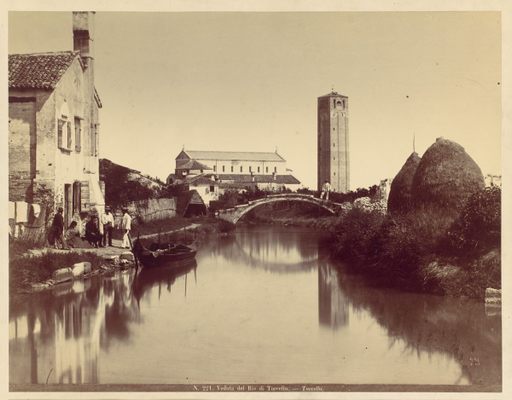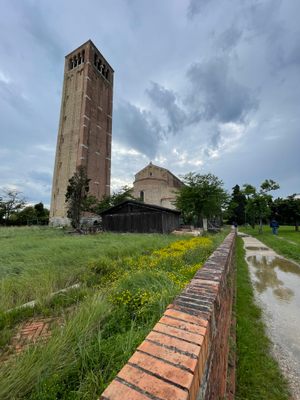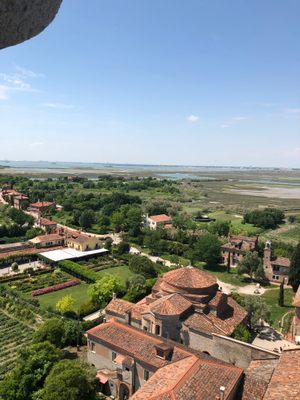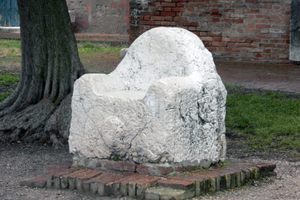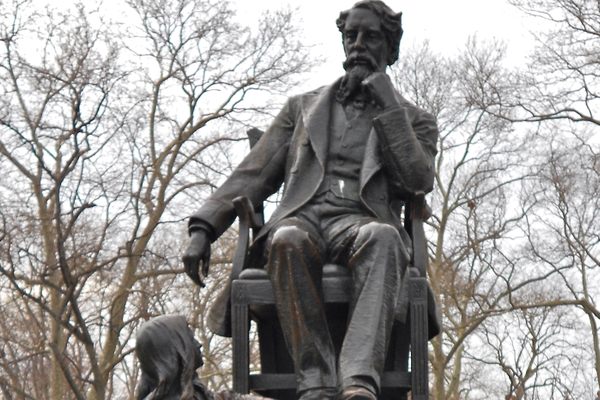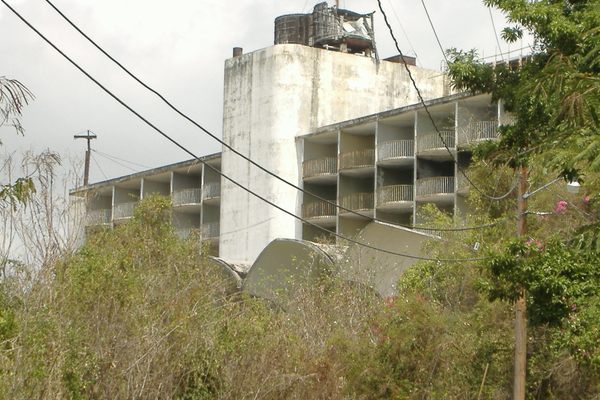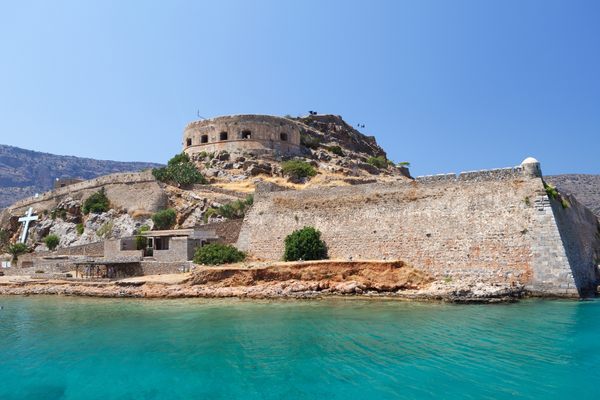About
Torcello was the first Venice. The island was settled in the 5th century by refugees from the mainland hoping to escape the depredations of barbarian invasion by settling on land no one wanted and was difficult for an invading army to get to: mudflats in the middle of salt marshes in the middle of a lagoon.
Against the odds, Torcello thrived, but plagues and malaria depopulated the island, and silt and growing swamps made reaching it increasingly difficult. The population relocated once again, this time to the islands of present-day Venice. By the 14th century. Torcello was all but abandoned.
Today, from the vantage point atop the freestanding bell tower on this sleepy, semi-deserted island, you can imagine the improbable history of this ancient stopover city of refuge. Indeed the view from the campanile in Torcello has sparked the imaginations of some of history's greatest writers.
In the mid-1800s, the English art historian John Ruskin, in his justly famous and just as famously maddening tour de force The Stones of Venice, describes the view from the campanile as "one of the most notable scenes in this wide world of ours."
"As far as the eye can reach," Ruskin writes, "a waste of wild sea moor, of a lurid ashen grey; not like our northern moors with their jet-black pools and purple heath, but lifeless, the color of sackcloth, with corrupted sea-water soaking through the roots of its acrid weeds, and gleaming hither and thither through its snaky channels."
He instructs us to look, first at the snow-touched mountains to the east, then to the Adriatic in the west; he could hear—or thought he heard—the roar of its waves from this tower. Then, he asks us to look south, over the red roofs of the cluster of small houses, the abandoned chapel and the church below. In the distance, across the calm lagoon, he asks us to see the towers and palazzi of Venice on the horizon.
When Henry James came through not long after, the novelist imagined Torcello as a boneyard. "Torcello," he wrote, "was the mother-city of Venice, and she lies there now, a mere moldering vestige, like a group of weather-bleached parental bones left impiously unburied."
Ernest Hemingway lived on Torcello in 1948 to find his own refuge (not from barbarians, but from the Venetian party scene), and to write and hunt birds. He climbed the steps of the campanile one day and took a pair of binoculars with him. As he surveyed this view, he thought about his own journey to Torcello, and where he would head to next.
Related Tags
Know Before You Go
Vaporetto line 12, originating at Fondamente Nove, stops at Torcello. The campanile, along with the other sights, are about a quarter-mile away from the vaporetto stop, along the main canal.
Flavors of Italy: Roman Carbonara, Florentine Steak & Venetian Cocktails
Savor local cuisine across Rome, Florence & Venice.
Book NowCommunity Contributors
Added By
Published
February 7, 2019





